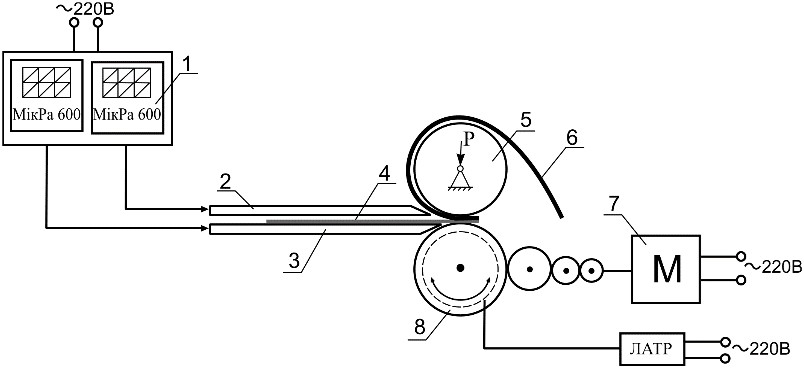Improvement of the adhesive strength of adhesion bonds of textile products for the increasement of the efficiency of criminalistic support of law enforcement activities
DOI:
https://doi.org/10.25367/cdatp.2020.1.p48-56Keywords:
textile materials, garments, genuine leather, duplication, form resistance, adhesionAbstract
Analysis of methods of chemical and physical modification and activation in the manufacture of garments made of polymeric materials is carried out. The analysis studied a wide range of possibilities for the use of nanotechnology in the garment industry and can serve as a theoretical basis for the manufacture of garments made of polymeric materials of various purposes, in particular for military and law enforcement agencies. The technology of rendering shape-resistant textiles, including clothing made of genuine leather, by use of the method of chemical modification and activation of its surface, which makes it possible to use more effectively various textile materials, in particular, leather at the cutting stage, is presented.
References
Glubish P.A. Chemical technology of textile materials, finishing. 2005. Kiev.
Artemenko T.P.; Bereznenko S.M.; Yatsenko M.V. Assessment of the influence of nanomodified leather materials on the functional state of human organs and systems; Bulletin of the Kiev National University of Technology and Design, 2015, Volume 1 (79). pp. 216-221.
Kostritsky V.V.; Artemenko L.F.; Skiba M.E.; Skiba G.V. General ideas about the structure of the skin - the basis for the development of its structural and mechanical model. Structural-fibrous structure of the skin; Bulletin of the Kiev National University of Technology and Design, 2008, Volume 5 (43). pp. 13-21.
Orgel J.; Irving T.; Miller A.; Wess T. Microfibrillar structure of type I collagen in situ PNAS, 2006, Vol. 103, Volume 24, pp. 9001–9005.
Nutfullaeva L.N.; Tashpulatov S.Sh.; Cherunova I.V. The use of polymer compositions to increase the form stability of clothing parts; Modern High Technology, 2014, Volume 5, pp. 24-26.
Saraeva T. I.; Nizamova G. A. Main characteristics and properties of the innovation of adhesive composite cushioning materials used in the manufacture of clothing; Bulletin of Kazan Technological University, 2012, Т.15, Volume 7, pp. 336-338.
Komarova A.A.; Veselov V.V. The use of modern chemicals for form-stable processing of garments; Textile Technology, 2009, Volume 1 (313), pp. 89-91.
Polyakova N. P.; Smirnova N. A.; Zamyshlyaeva V.V.; Khammatova V.V. Experimental substantiation of the choice of hot-melt adhesive cushioning materials for clothing costume fabrics; Bulletin University of Technology, 2016, Т.19, Volume 20, pp. 96-98.
Kuzmichev V.E.; Gerasimov N.A. Theory and practice of gluing parts of clothing: textbook, 2005, Moscow.

Downloads
Published
How to Cite
Issue
Section
License
Copyright (c) 2020 Maryna Yatsenko, Sergey Bereznenko, Maria Pawlova, Olena Nenia, Nataliia Vashchuk

This work is licensed under a Creative Commons Attribution-NonCommercial-NoDerivatives 4.0 International License.





